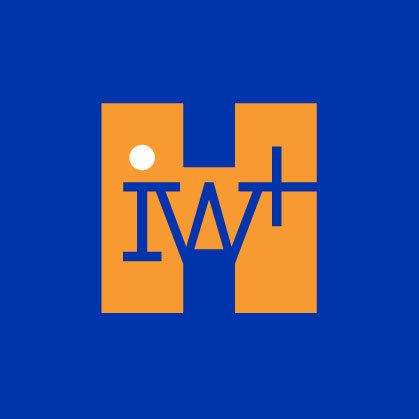Formation 1990 (1990) Website www.iwh.on.ca | ||
 | ||
Purpose Independent, not-for-profit occupational health and safety research Formerly called Ontario Workers’ Compensation Institute (OWCI) | ||
The Institute for Work & Health (IWH) is an independent, not-for-profit research organization based in Toronto, Canada. Its mission is to “promote, protect and improve the safety and health of working people by conducting actionable research that is valued by employers, workers, and policy-makers.”
Contents
Operations
Since 2013, IWH has operated with core funding from the Government of Ontario through the Ministry of Labour (Ontario). For the 22 years previous to that, since its founding in 1990, the core funder was Ontario’s Workplace Safety and Insurance Board and its predecessors. The institute maintains an arm’s-length relationship with its core funder. Institute scientists also apply for and receive grants from peer-reviewed funding agencies in Canada, such as the Canadian Institutes of Health Research and the Social Sciences and Humanities Research Council. IWH’s board of directors includes senior business, labour and academic representatives. A scientific advisory committee provides guidance on IWH research activities. IWH has formal affiliations with four universities in Ontario, Canada: University of Toronto, University of Waterloo, McMaster University and York University. The institute has access to data sources from the Workplace Safety and Insurance Board and Statistics Canada. IWH is part of the health and safety system in Ontario.
Research
IWH research falls into two broad areas:
IWH research focuses on these topics:
IWH also conducts systematic reviews of occupational health and safety research. Systematic reviews provide an overview of the evidence from higher quality studies on a specific research question. Cochrane Back and Neck (formerly known as the Cochrane Back Review Group) is based at IWH and conducts systematic reviews of clinical research on back and neck pain.
Publications, tools and guides
IWH has produced a number of tools and guides based on its research evidence, including:
IWH also produces regular newsletters, including
